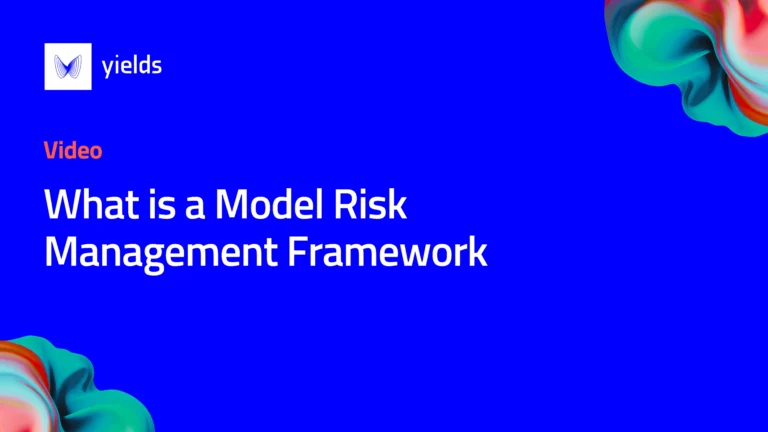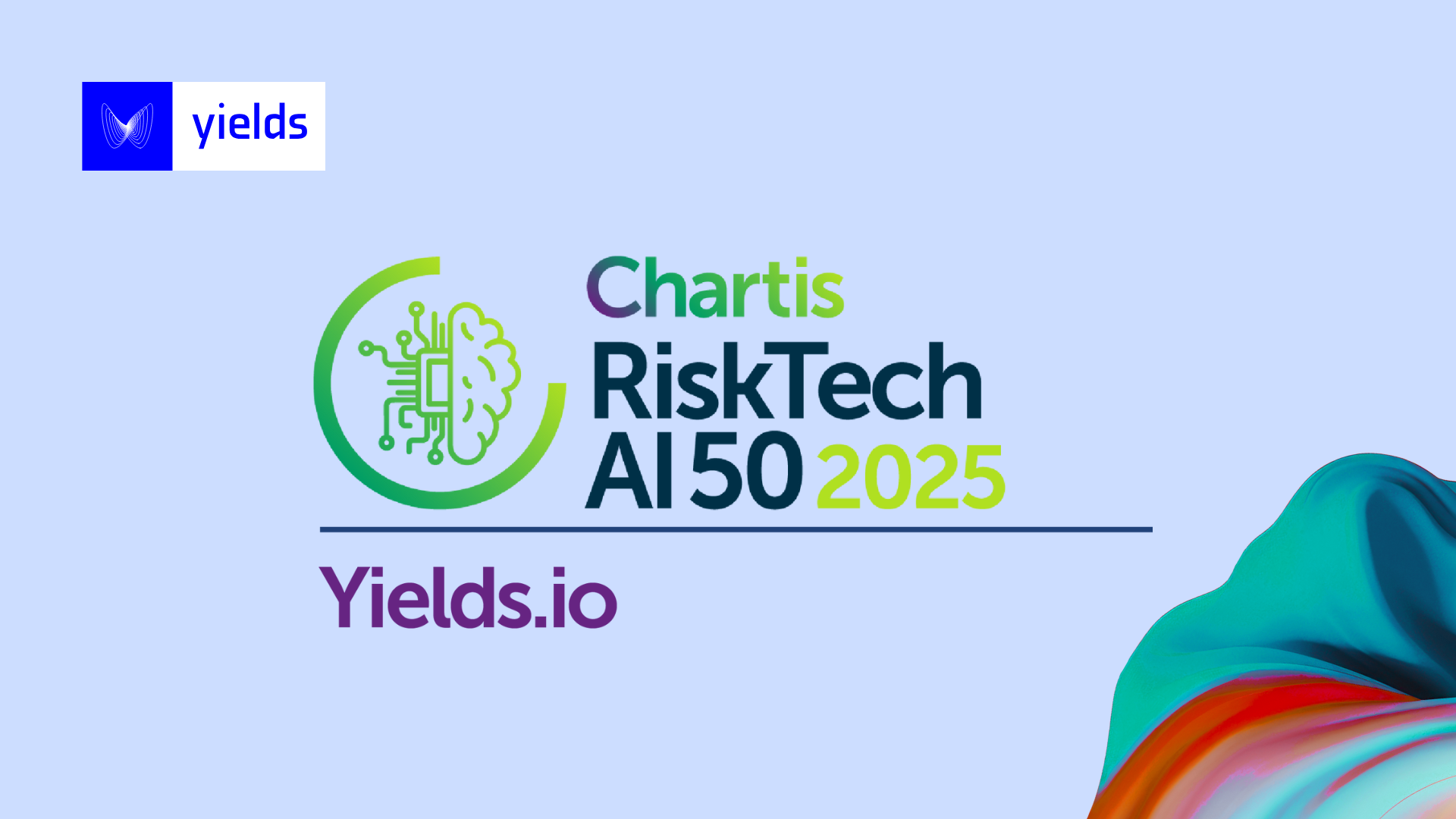Learn about the key components of an effective Model Risk Management (MRM) framework. This video details the essential elements: model inventory, governance framework, validation framework, and monitoring strategy. Understand how to define roles, responsibilities, and validation processes, and discover the importance of automation and rigorous management to ensure models perform accurately in production. Ideal for organizations aiming to establish a robust MRM framework.
A model risk management framework is a policy document that helps financial firms structure how to put models into production. It gives us a complete overview of the entire model lifecycle and the set of activities involved in the management of model risk. Model risk management frameworks are comprised of four different components.
What are the essential components of a Model Risk Management framework?
1. Model Inventory
A model inventory is a comprehensive inventory or list of all models together with their key attributes as well their status. The model inventory also defines and stores model documentation which gives users a complete overview of a model’s performance and history.
2. Model Risk Management (MRM) Governance Framework
A model risk management governance framework defines all roles and responsibilities of everyone who is involved in the entire management of the model lifecycle from both the business aspect as well as the technical. The document sheds light on who is responsible for identifying who is the model developer, the person in charge of maintaining models, and
3. Model Validation Framework
A model validation framework describes what are the different tests and analyses to be performed for every model type and the frequency at which models have to be revalidated for them to reach the production status. It also defines how to predict when models fail after they are moved in the production phase and whether it meets the requirements for which it was designed.
4. Model Monitoring
Model monitoring refers to the process of keeping track of a mathematical model’s performance and status in production.




